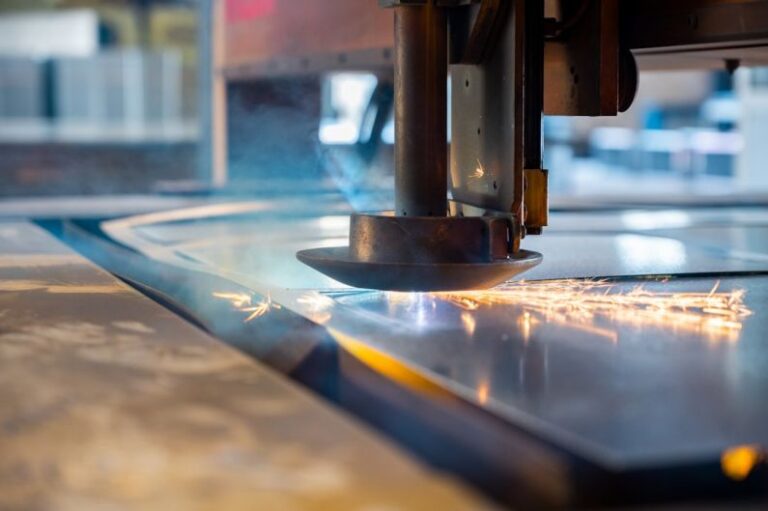Non-destructive Testing Innovations for Tube Quality
Ensuring the quality of tubes is crucial in various industries such as oil and gas, aerospace, automotive, and manufacturing. Defects in tubes can lead to catastrophic failures, compromising safety and efficiency. Non-destructive testing (NDT) plays a vital role in inspecting tubes without causing any damage. Advancements in technology have led to innovative NDT methods that provide accurate and reliable results, ensuring the quality of tubes for various applications.
The Importance of Non-Destructive Testing for Tube Quality
Non-destructive testing is essential for evaluating the integrity of tubes without altering their properties. Traditional methods of testing tubes, such as destructive testing, involve cutting or damaging the tubes to inspect their internal structure. This not only increases costs but also leads to material wastage. NDT methods, on the other hand, allow for thorough inspections without affecting the functionality of the tubes.
Eddy Current Testing: A High-Speed Inspection Technique
Eddy current testing is a widely used NDT method for inspecting tubes quickly and accurately. This technique works by inducing an alternating current into a coil, creating a magnetic field. When the coil is placed near the tube, any defects or irregularities in the material disrupt the magnetic field, generating eddy currents. By measuring the changes in the eddy currents, technicians can detect flaws such as cracks, corrosion, and wall thickness variations in the tubes.
Ultrasonic Testing: Penetrating Deep into Tube Walls
Ultrasonic testing is another innovative NDT method that allows technicians to inspect the internal structure of tubes with high precision. This technique involves sending ultrasonic waves into the tube walls and analyzing the echoes that bounce back. By measuring the time taken for the echoes to return, technicians can determine the thickness of the tube walls and identify any defects or discontinuities present. Ultrasonic testing is capable of penetrating deep into the material, making it an ideal choice for inspecting thick-walled tubes.
Magnetic Particle Testing: Detecting Surface Defects
Magnetic particle testing is a versatile NDT method used for detecting surface defects in tubes. This technique involves magnetizing the tube and applying magnetic particles to the surface. Any surface defects, such as cracks or discontinuities, create magnetic flux leakage, causing the particles to accumulate at these locations. By examining the pattern of magnetic particles, technicians can identify the presence of defects on the tube surface.
Radiographic Testing: Visualizing Internal Structures
Radiographic testing is a powerful NDT method that uses X-rays or gamma rays to inspect the internal structure of tubes. This technique produces radiographic images that provide detailed information about the tube’s integrity, including weld quality, wall thickness variations, and internal defects. Radiographic testing is particularly useful for inspecting complex geometries and welded joints in tubes, ensuring the quality and reliability of the components.
Advanced NDT Techniques: Enhancing Inspection Capabilities
In addition to traditional NDT methods, advanced techniques such as phased array ultrasonics, computed tomography, and electromagnetic acoustic transducers are revolutionizing tube inspections. Phased array ultrasonics allow for precise control of ultrasonic beams, enabling technicians to scan tubes more efficiently and detect smaller defects. Computed tomography generates 3D images of tubes, providing a comprehensive view of their internal structures. Electromagnetic acoustic transducers use electromagnetic fields to generate and detect acoustic waves, offering rapid and accurate inspections of tubes.
Innovations in NDT technology continue to drive improvements in tube quality assurance, ensuring the safety and reliability of critical components in various industries. By leveraging these advanced techniques, manufacturers can detect defects early, prevent costly failures, and uphold the highest standards of quality in tube production. Non-destructive testing innovations are shaping the future of tube inspections, setting new benchmarks for efficiency and accuracy in quality control processes.






